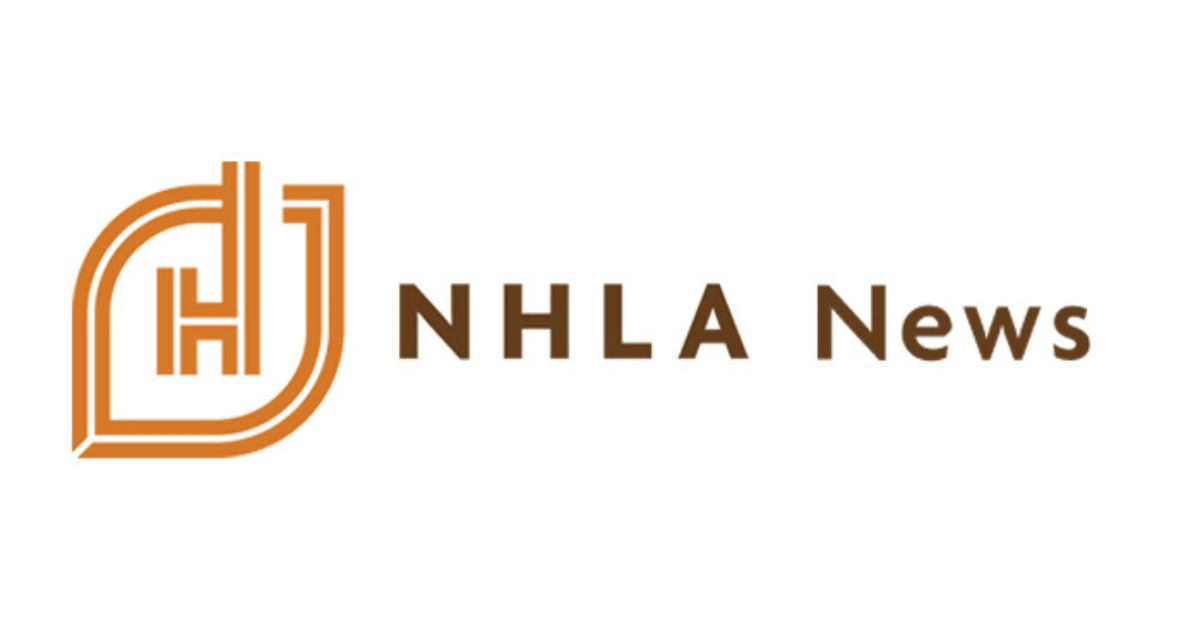EPA Piles on Red Tape, Releases Stringent Air Quality Standard
On February 7, EPA announced it would tighten the final air quality standard for PM 2.5, also known as “fine particulate matter,” from 12 micrograms (ug) per cubic meter to a more stringent 9 ug, a level which could impose up to $900 million in compliance costs on the wood products sector. Unfortunately, federal regulators are targeting the wrong source of emissions for PM, shifting a massive burden to industry that could otherwise be addressed by forest management and an accompanying reduction in wildfires, which are the source of 43% of PM emissions. As a point of reference, the European Union standard is 25 ug, more than twice as high as permitted concentrations in the U.S. Lowering the standard would place 589 counties in non-attainment and hundreds more on the cusp of non-attainment, exposing industry to new regulations as regulators review additional control measures to achieve the new targets.
As a general matter, compliance with the PM standard currently falls mainly on the backs of “major sources” of pollution under the Clean Air Act such as power plants, chemical refineries and large pulp and paper facilities. That said, the Federation is concerned that tightening the regulations would capture currently unregulated hardwood mills and manufacturing facilities operating on the cusp of or within newly designated nonattainment areas. This could trigger costly analysis and monitoring in the event a plant seeks to expand its operations.
On the advocacy front, on October 25, the Federation joined the U.S. Chamber of Commerce and National Association of Manufacturers (NAM) in a meeting with the White House Office of Management and Budget (OMB) to urge the Administration to reject EPA’s proposal to tighten the standard. During the course of the meeting, the Federation echoed points raised within formal comments submitted in the spring advocating that EPA retain the current standard. During the OMB meeting, the Federation cited a study conducted by the American Forest & Paper Association and American Wood Council outlining the economic impacts of a more stringent standard.
According to the study, the wood products sector could take on up to $900 million in compliance costs if the agency imposes a standard of 9 ug. Fortunately for industry, both the Federation and U.S. Chamber of Commerce directed their remarks at OMB toward responsible forest management as the commonsense solution to reducing PM levels, which have increased in many regions because of wildfires.
Although the final outcome marks a setback for industry, behind-the-scenes advocacy helped push release of the new rules two months later than expected, following a tug-of-war between competing voices within the Administration. According to Administration sources, in late 2023 EPA had been considering a more flexible standard of 10 micrograms per cubic meter, an outcome that industry favored over the more costly alternative while still preferring the current standards set at 12 ug. The Hardwood Federation team joined wood products allies, including the American Wood Council and the American Forest and Paper Association, to urge Democratic senators to weigh in with the Administration and advocate against imposing unreachable standards.
Unfortunately, EPA’s new PM standards are only the tip of the regulatory iceberg. According to a study by NAM, in 2022 the total cost of complying with federal rules and regulations reached over $3 trillion, which equals 12% of U.S. GDP. As that relates to small manufacturers such as sawmills, the cost translates to $50,100 per employee.
Next steps include options such as litigation and legislative intervention to blunt the impact of the new rule. While arguing that the new PM standard falls outside the scope of EPA authority in federal court could provide the path of least resistance to regulatory relief, groups such as the U.S. Chamber of Commerce will also look at legislative tools. These may include an appropriations rider in a Fiscal Year (FY) 2025 spending bill that would defund implementation of the tighter standard. The Federation will keep you posted on developments as they unfold.
The Hardwood Federation Fly-In is Tuesday, May 21 thru Thursday, May 23. Join your hardwood industry peers in Washington, D.C. to make your voice heard on Capitol Hill! To register for Fly-In 2024, visit www.hardwoodfederation.com.
By DANA COLE,
Executive Director of the Hardwood Federation
Share:
Related News & Blog

July 7, 2024

June 19, 2024
Questions?
Have questions or need any assistance regarding the NHLA Annual Convention & Exhibit Showcase?
